Most Common Causes for a Flat Tire
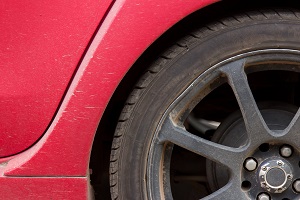 ...[more]
...[more]Tire Maintenance for Beginners
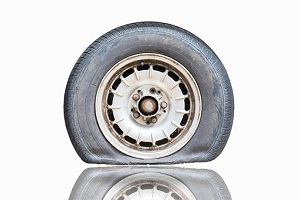
No Spare Tire?
 and cost. When you're stuck by the side of the road, though, none of that really matters much, does it?
and cost. When you're stuck by the side of the road, though, none of that really matters much, does it? So You Get A Flat Tire...What Now?
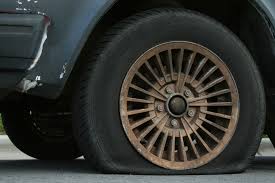 Nobody ever looks forward to a flat tire, and nobody ever says "well, that was a really good time" after having one. You can at least minimize the damage to your tire and danger to yourself, though.
Nobody ever looks forward to a flat tire, and nobody ever says "well, that was a really good time" after having one. You can at least minimize the damage to your tire and danger to yourself, though.
Flats vs Blowouts
If you get a blowout, you'll know about it right away. Sometimes the tire can fail dramatically, with a bang as loud as a shotgun going off. Other times, it might just be a loss of air and a sudden change in your car's handling, followed by vibration, noise and a pull to one side. If it's a front tire that fails, your car might be a real handful to drive until you can get to a stop.
In either case, your first job is to pull off the road as quickly (but safely!) as you can. Don't jam on the brakes or make any sudden mo ...[more]
4 Things About Tires You May Not Have Known
Tires all look sort of the same…round and black…and people tend to think tires don’t change much over the years. That’s really not true, though – engineers and designers are constantly working on advances in tire designs for more miles, better fuel economy and better performance.
Here’s a rundown of current trends in tire technology you may not have been aware of:

- Tall, skinny tires are coming back. If you’ve ever ridden a beach cruiser bike vs. a racing bike, you know that skinny tires have lower rolling resistance. Carmakers are going in that direction, too – the BMW i3 electric/plug-in hybrid uses Bridgestone Ecopia tires, with higher inflation pressure and a taller, skinnier profile. Tall, skinny tires also redu ...[more]
Don’t Forget Your Spare
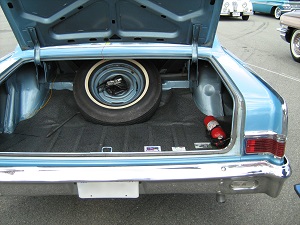
Summer Heat
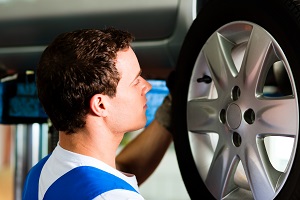 Most of us know tires are one of the most important safety features of any vehicle and want to keep our tires in the best condition possible. However, what you do not know about tire wear and tire pressure could be damaging them the most. According to the National Highway Traffic Safety Association, nearly 200 driving casualties per year occur at the hands of unmaintained tires. Right now it is estimated that 1 in 4 cars on the road are driving with underinflated tires.
Most of us know tires are one of the most important safety features of any vehicle and want to keep our tires in the best condition possible. However, what you do not know about tire wear and tire pressure could be damaging them the most. According to the National Highway Traffic Safety Association, nearly 200 driving casualties per year occur at the hands of unmaintained tires. Right now it is estimated that 1 in 4 cars on the road are driving with underinflated tires.Is it Time for New Tires?
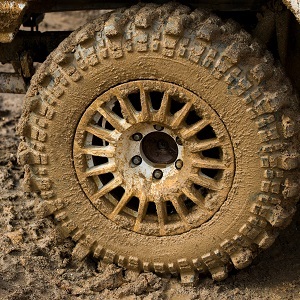 Your tires are the only part of your vehicle that come into physical contact with the road, making proper tire maintenance a crucial element of driver safety. With the ability to stop, start, and transport us wherever we wish to go, having well maintained tires can mean the difference between a pleasant Sunday drive and a Sunday spent in the shop. There are three crucial components to consider when deciding if it is time to replace your tires: your normal driving conditions, tread wear, and the age of your tires.
Your tires are the only part of your vehicle that come into physical contact with the road, making proper tire maintenance a crucial element of driver safety. With the ability to stop, start, and transport us wherever we wish to go, having well maintained tires can mean the difference between a pleasant Sunday drive and a Sunday spent in the shop. There are three crucial components to consider when deciding if it is time to replace your tires: your normal driving conditions, tread wear, and the age of your tires.How Do Potholes Damage Your Vehicle?
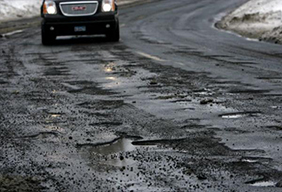 It’s peak pothole season out there and no one is immune to their sneaky destruction. We’ve all hit them at some point, and every time it happens, you see it only a second before it gets you, often too late to miss it. These little road hazards lay in wait, with their dips, bumps, and sharp toothy edges, just waiting to ruin your day. They can cause a sudden jolt all the way up to a blown tire. And, I hate to report, they aren’t disappearing any time soon. Potholes are every tire’s sworn enemies. Many of us are passionate about potholes, as we have personally sacrificed many hubcaps to them over the years.
It’s peak pothole season out there and no one is immune to their sneaky destruction. We’ve all hit them at some point, and every time it happens, you see it only a second before it gets you, often too late to miss it. These little road hazards lay in wait, with their dips, bumps, and sharp toothy edges, just waiting to ruin your day. They can cause a sudden jolt all the way up to a blown tire. And, I hate to report, they aren’t disappearing any time soon. Potholes are every tire’s sworn enemies. Many of us are passionate about potholes, as we have personally sacrificed many hubcaps to them over the years. 


